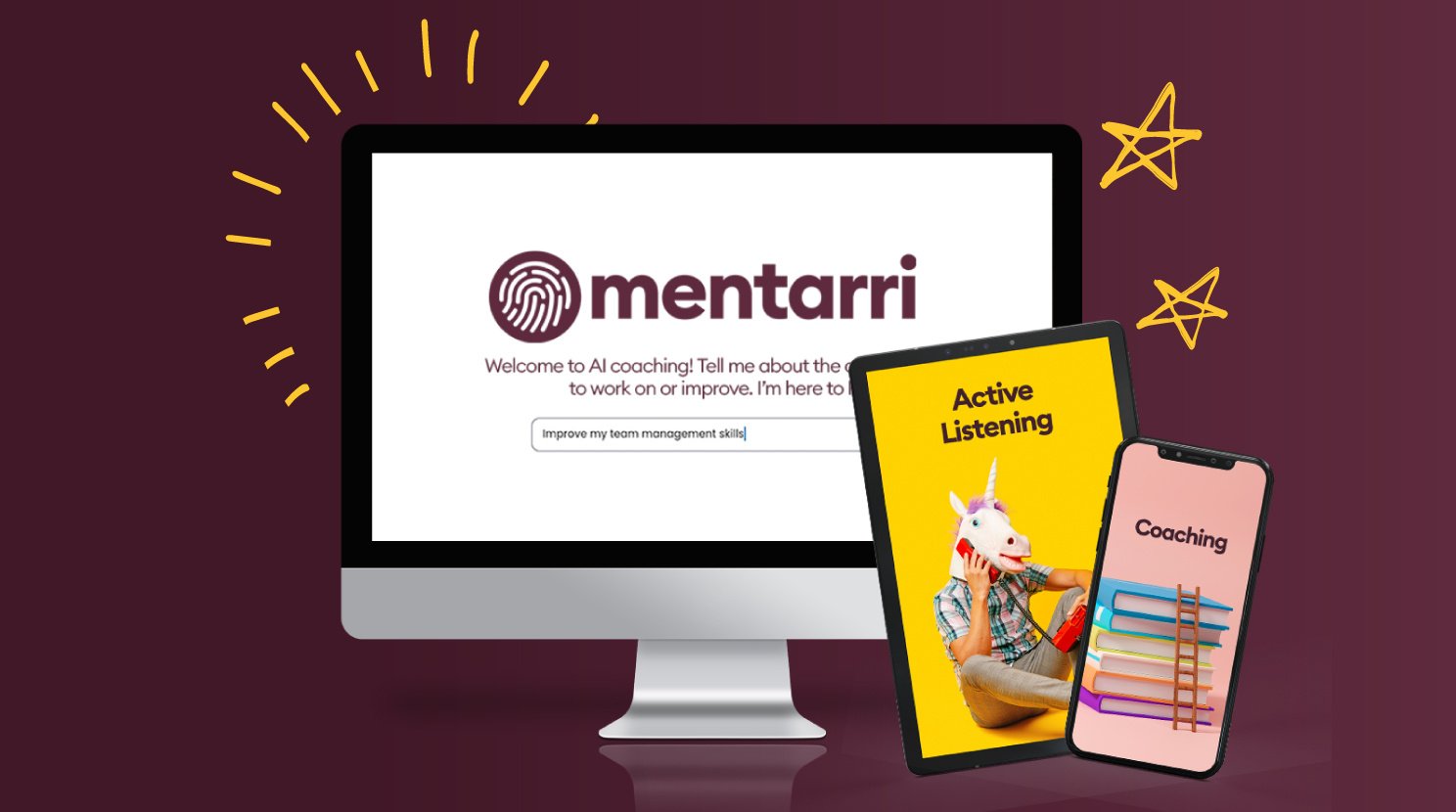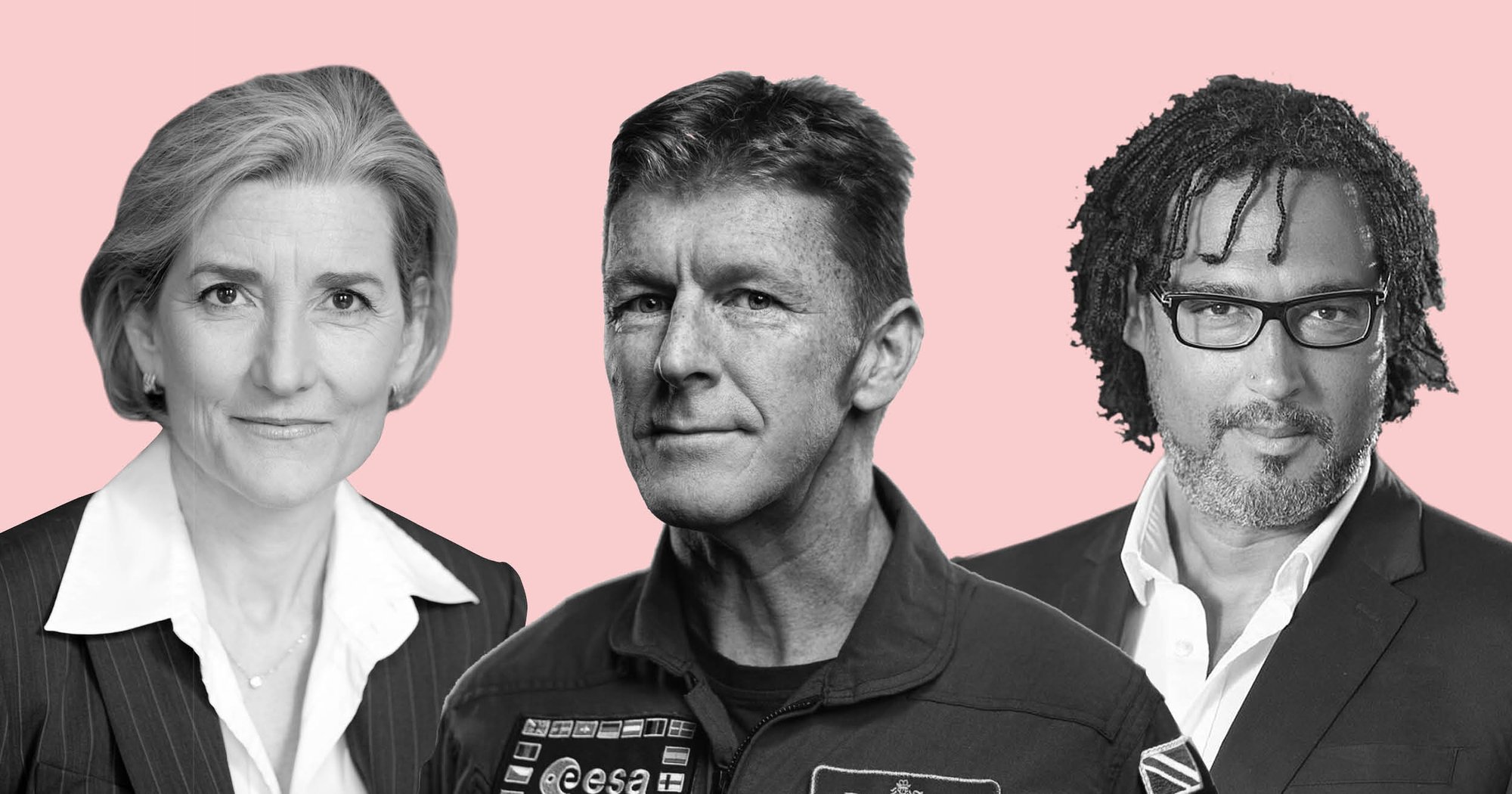In an exclusive Q&A with Dustin Seale, managing partner of Heidrick Consulting in EMEA, we discuss compassion.
Compassion comes to life when considering the individual.
During the pandemic, there has been a need to pay close attention to the feelings of each person in our team. One way to ensure that our people are quipped with the right skills to lead through challenges is to train them. Our online management courses focus on honing behavioural skills that are paramount to effective leadership.
In the following exclusive interview with Dustin Seale, managing partner of Heidrick Consulting in EMEA, we discuss the likely impact of the current crisis on organisational culture, working practices and leadership.
What leadership qualities do leaders need to display during this disruptive period and beyond?
There are three ‘capacities’ – which turn into behaviours - that will differentiate leaders; they always have done, but more so in the midst of a crisis.
The first is what Microsoft CEO Satya Nadella called “extreme compassion”. The leaders who are taking people through this crisis and getting them ready for the future have taken on almost a ‘mothering’ style of leadership: “We’re going to be ok; we’re here together; stay safe.” That has been critical in terms of keeping people engaged and focused.
Historically, I wouldn’t say that has been the first go-to for most leaders, but I’ve watched leaders unlock that capacity in themselves, and I think it’s going to be a big – and healthy – part of leadership going forward.
Second, agility has to move from a buzzword to a way of thinking and behaving. And it has to happen quickly. When I’m talking to client CEOs, none of us can see the future as clearly as we’d like. No matter what you think the future’s going to look like, it’s not going to look exactly that way.
Our focus as a firm is helping CEOs to tap into the ability to think in an agile way; to take decisions, but then adjust. We’re going to be moving through the fog for a while, so we’re going to bump into stuff and have to change direction. The five-year plan, three-year plan, even the one-year plan has gone. Now you need to move with agility; it’s not going to be a direct route. That requires a different set of behaviours, a different thinking from leaders.
Third is foresight, or what used to be called ‘ripple intelligence’. One of the key differentiators between leaders is how far out they can see. Human beings are generally terrible at it. Our response to Covid-19 has been dramatic and immediate and necessary, because we’re saving lives, and because the virus is right in our face. Something that’s right square in our face, most human beings can react to.
By contrast, take global warming: the risk to life is many, many magnitudes greater. But it’s further out. The action being taken is weak. If something’s too far out, people don’t know how to make sense of it today. Great leaders will be able to.
What does ‘compassion’ look like in practical terms?
Where compassion comes to life is in paying attention to the individual. Big companies, where standard policies apply to everyone, are relatively inflexible. If you look at how we’re handling lockdown, and how we’re approaching going back to work post-coronavirus, each individual’s needs are the starting point. Does this person have kids at home? Is this person at home alone? Do they have underlying health issues?
The plan post-Covid-19 has to do with them, and meeting those specific needs. Within our firm, no one, anywhere in the world, will be told that they have to go back into the office.
That’s almost the complete opposite of most corporate environments. Care for the individual, for their health and wellbeing, and flexibility in creating scenarios that work for them, is at the core of compassion in this new world. And I think it resonates heavily with our largest generation in the workforce: millennials.
Can businesses afford to be compassionate at this time?
It does depend on the context. Some companies are on life support and if they don’t do something drastic today that feels ‘not compassionate’, they won’t exist. So I can’t say “you should just keep all these people on the books, and you should take care of them”, because they’re left with no choice.
But those companies that have been responsible about their balance sheets and created a buffer for periods like this have that freedom to do what’s right by people. I fundamentally believe that we will come out of this better and our employees will have an entirely different relationship with us, with a different level of commitment and affiliation. With the clients I see doing this, loyalty scores are going up in a way they’ve never seen before.
How can organisations with global teams support staff around the world?
The lockdowns were the easy part because we were all on the same page, all on video calls. Everybody was at home; and if you stayed at home and followed the rules you were safe. This is the difficult phase where different countries are ending different lockdowns at different times.
Post-lockdown, they’ll have different requirements around how close we get to each other; what opens first, second, third, and there will be many different scenarios.
And you have to take into account that the end of lockdown does not mean the end of the virus. We will, as companies around the world, have infections. We’re going to have some ‘stop/start’.
My advice post-lockdown would be ‘safety first’, and to pay attention to the local context. It’s back to that compassion. How you go about bringing somebody back into the office in Amsterdam, for example, where everybody’s riding their bike to work, is different to in the UK, where we’re on crowded trains and undergrounds.
Any discontinuity is an opportunity if you figure out how you’re best-placed to serve your customers during and after it. Thinking at the end of this “we’ll just turn the business back on” is irresponsible, but it’s also not the recipe for winning.
Many organisations will need to restructure to survive. What does ‘intelligent restructuring’ look like?
You’ve probably seen companies say, “take 30% of your cost base out”. It’s easy to do, but it’s not thoughtful. They often cut critical muscle for the business, in terms of experience and capabilities. They get their cost base right, but their business is worse on the other side.
If you’re changing business model or becoming leaner due to pressures on the business, make sure you keep the leaders of the future on board and in the critical roles. Identify who those leaders are by working out which people have those core capacities to grow with your business and work within a different model. Do that in a transparent way that is not relationship or patron driven, but data driven.
We’ve also been using a system which tells us how all the relationships tie together in an organisation. It gives you a neural map of the company. Who are the people that shape direction and opinion; who do others reach out to? Not only are you getting an idea of the capabilities, now you’re looking at how your organisation really works.
If you map those two on top of each other, you have your critical leaders. Then you need to figure out the critical roles and map those people into those roles. So you now have your new structure with the right leadership and capabilities in place. Of course, a new model dictates new ways of working: what is the culture you want the new leaders in these critical roles to engender?
How do you bring people with you when morale is low?
People in the organisation have to know that their leaders have their back and believe in and support them. During Covid, people haven’t wanted to hear from their manager, they have wanted to hear from their CEO. A lot of change management can happen elsewhere in the organisation at other times, but this is a period where everybody’s eyes are on the CEO.
Going forward, I’d like to see the business sector return to health in a way that generates jobs, while creating better companies (that can pay their taxes, because treasuries are bare) and better places to work. It’s leadership that will make that happen, or not happen. During this current crisis, we’ve all seen examples of abysmal leadership and great leadership.
What will be the impact of Covid-19 on organisational culture and practices?
A lot of clients have said to us “many of the behaviours we’ve always wanted are showing up now”. People are caring for each other, collaborating, looking for new ways forward, being more agile. Their question is “how do I keep that momentum going?” The ethos of “we’re in this together” is going to be a key factor in culture, post-lockdown. We must keep those elements of compassion, collaboration, communication and inventiveness.
We are probably never going back to work as normal. I think it will be more flexible and we will use these tools at our disposal to work in virtual teams. I believe we’ll be doing a lot less business travel.
What I’ve heard from clients is that, historically, managers haven’t trusted the people working for them. “Will they do what they’re supposed to do? They have to be in the office so I can watch them.” What they’ve found is that people do the right stuff, even when they’re not being watched. So trust is going to be incredibly important, empowering those people to make decisions and to do things remotely.
And then many clients are asking “how do I manage a remote or virtual team?”, and that is going to be a growing skill set. But I think there are a few key things that bind virtual teams. One is a sense of purpose and being truly aligned at a purpose level. Like agility, purpose is no longer going to be a buzzword, but something tangible that will help glue virtual teams together.
I’ve never loved the word ‘community’, but it makes sense to me that we’re going to have to create a sense of community even when we’re not together.
How can managers develop these skill sets?
These are things anyone can learn. We just developed ALP (Agile Leader Potential), which is AI driven. You do a gamified assessment on a digital device and it gives you a report on where you are agile, and where you have gaps. We then train people around the capacities that allow you to become more agile.
I also think digital dexterity is going to be critical going forward; organisations will probably be dominated in the future by digital platforms and channels.
On-the-job training will be a part of things going forward and learning will need to be ongoing. We’re in a VUCA++ world and it will be like this for ever. You are going to have to be changing and improving as quickly as your environment and you also have to have a culture that is able to adapt over time. Culture always was emergent, malleable and changing, but now you have to do it intentionally.
How important is diversity in teams?
This is a big one for me; it has been within my top three priorities for years now. That’s not just gender diversity or racial diversity, but also diversity of thought, generation, country of origin.
There was a book about Abe Lincoln (Team of Rivals). He started his presidency in the midst of the biggest crisis the US had ever faced. He could have picked his friends, but he picked his rivals; people who thought very differently from him. He knew the task ahead was so complex that one perspective wasn’t going to solve it. The book goes into how that team of rivals raised each other’s game because members saw things differently.
I think the same thing’s true for companies’ top teams and right through the business. If you have a sound shared purpose, being able to look at every problem from different perspectives is going to make you more agile. Diverse teams are going to navigate these things better.
How did re-joining Heidrick & Struggles just before lockdown affect your approach to your own leadership?
I was always going to lead from a sense of purpose. When I turned 50, I looked at the world, and I wasn’t crazy about the leadership I was seeing. Having lived for 50 years, I realised it was partly on me. It’s not the leadership, the types of government or company that I want my kids to grow up with.
So I thought, “I want to change the way the world’s led” and that heightened because of this crisis. I do believe that, for companies and countries, the way out is a different sort of leadership. So my purpose is in overdrive. It has led me to spend a lot of the time with the team on “what are we here to do for the world. We have products, we have services; that’s the how. But why are we doing this?”
The second thing has been clarity and focus. I believe you can be agile if you’re focused; you have to adjust and shift. But if you’re unfocused, it looks agile, because you’re trying a bunch of things, but it’s really not going to move the dial. So it has forced me to prioritise all the things we do into a small number, so that we can go and be the best at those.
Third, you’d have to ask people who’ve worked for me in the past, but I don’t know if someone would have said “yeah, he’s got that mothering instinct to really take care and connect”. But I haven’t really had to do it, I’ve felt it; really caring about people and their situations; what they’re facing… it has changed dramatically how I’ve spent time connecting with individuals.
Are we destined to have to make virtual connections from this day forward?
In the pre-vaccine period, there will be a real mix, but I personally want to get back to connecting with people live. As a species we need it. We’re social animals; a disproportionate part of our brain is dedicated to social interaction.
Studies are showing that there are a lot of micro-gestures you miss on video calls; you’re not getting the whole picture. I think we need personal contact biologically and socially. It’s going to be a blended world, but a one-year disruption doesn’t undo millions of years of evolution.
Dustin Seale is a partner in Heidrick & Struggles' London office and a managing partner of Heidrick Consulting in EMEA.
Did you know that 70% of our levy-funded online management courses are centred around developing core soft skills which can be implemented from day one?

















